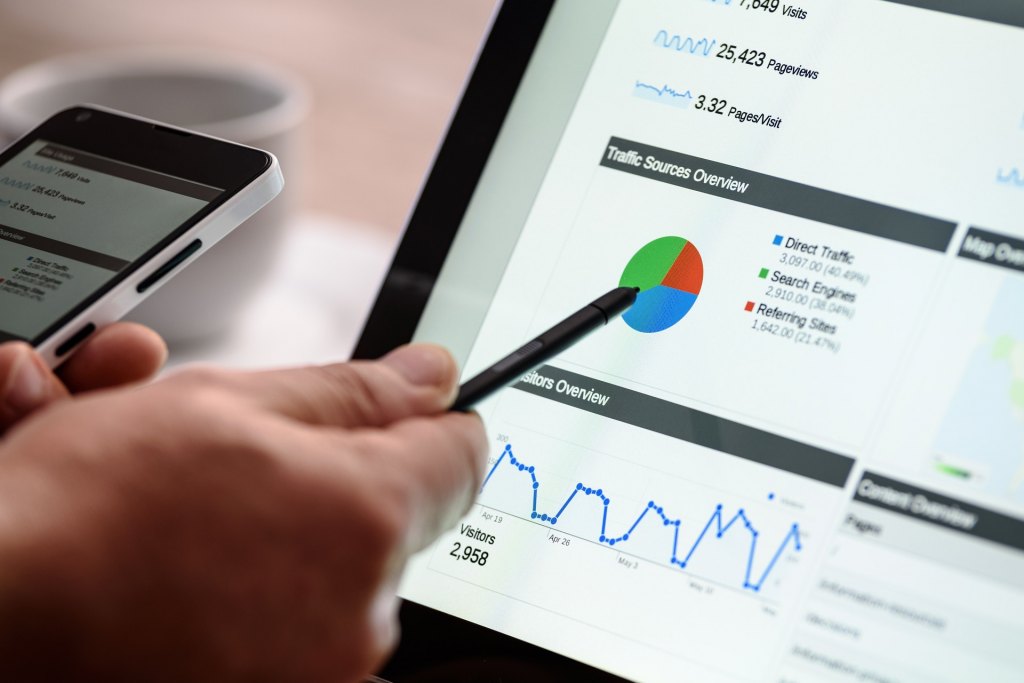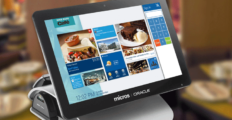
Credit: PhotoMIX-Company
For an enterprise, highly efficient workflows translate to speedier operations, more satisfied customers, and potentially more significant sales. Marketing automation software platforms make this possible as these enable users to map out operational processes and customer journeys, with many of the activities automatically executed. As such, the demand for these tools remains high even though economies are plagued by high inflation.
A recent Acumen Research and Consulting report anticipates the global marketing automation software market to climb in value from $4.5 billion in 2021 to $12.2 billion by 2030 at an annual growth rate of 12.1%. The market’s notable growth is driven by the current popularity of multichannel and omnichannel marketing, which businesses leverage to expand the reach of their promotions, communications, marketing content, and sales.
Marketing automation software systems mainly impart solutions to these marketing models, given that these platforms consolidate, streamline, and automatically execute marketing tasks for various channels. Recent digital marketing software statistics reveal that more than 50% of companies use 11 marketing channels, with the leading ones being social media (91%), digital ads (91%), video (90%), digital content (88%), and websites or apps (86%). Top-tier marketing automation platforms encapsulate these channels as well as less-used industry-specific ones.
Another market driver is the increasing adoption of social, mobile, analytics, and cloud technologies as well as digital marketing. In mature economies like the United States and the United Kingdom, tech providers constantly innovate on existing solutions and develop new, more comprehensive ones that render old systems obsolete. Meanwhile, in developing economies, certain areas of digital marketing and the aforesaid technologies are in their introductory stage.
This means less-mature economies bear higher growth potential for the marketing automation software market. And among these economies, those that belong to the Asia Pacific (APAC) region carry the highest.
Rapid Adoption in the APAC Region
The APAC region has been an eye-opener for the global market as it possesses the highest projected annual growth rate from 2022 to 2027. A report Market Data Forecasts shows the market raising its value by 15.1% in the forecast period, outpacing the global market’s 12.1%. A projected surge in the adoption of advanced technologies—like IoTs, mobile solutions, and cloud management solutions and services—digital marketing solutions, and e-commerce systems is seen to drive the demand for marketing automation software.
APAC consumers are excited over the prospect of transacting individually since digital solutions are fairly new, unlike their Western counterparts who consider these as norms. A 2022 report by Adobe indicates that 77% of APAC businesses saw a spike in digital customers in 2021, and the trend will likely continue until 2025. In addition, 76% experienced new customer journeys, which marketing automation software platforms deftly streamline.
Another factor influencing the APAC region’s high growth potential is population. Two of the most populous nations in the world are in Asia: China and India. Countries like Indonesia, Pakistan, Bangladesh, Japan, and the Philippines also have large populations, each being home to over 100 million people. With more people available, there are more users and potential buy-ins of digital marketing tools, ecommerce platforms, various marketing channels, and ultimately, marketing automation software. After all, organizations need digital tools that streamline workflows to serve the region’s massive customer base.
Moreover, APAC has a good mix of developed and developing economies that yield a bustling ecosystem. Besides producing for their local economies, developed nations like Japan, China, and Korea create digital solutions to sell to businesses and individuals from nearby developing countries. Marketing automation software is part of this cycle.
Key APAC Industries
While marketing automation tools are useful in any line of business, certain industries in the APAC region have been fueling the growth of the regional and global markets. The fast-growing manufacturing industries in China and India have pushed the demand for marketing automation systems in both countries. Similarly, sectors like retail, hospitality, and ecommerce have started to embrace the benefits of marketing automation, contributing to the sales of marketing platforms.
The marketing automation solutions these industries typically leverage include lead management, channel automation, lead scoring, sales, and channel marketing. In addition, many APAC organizations use a marketing platform to customize solutions based on end-user needs and company size. Doing so improves transactional experiences, leading to businesses retaining and attracting more customers.
Digitizing marketing operations also aligns with the interests of customers. According to a Harvard Business Review survey, 73% of consumers like to use multiple marketing channels when purchasing goods. Retailers can leverage marketing automation platforms to easily post and schedule promotions across all relevant channels. Meanwhile, companies in the hospitality industry can use a marketing system to map out the processes surrounding bookings and reservations, streamline communication workflows, maintain communications across various channels, and impart convenience in the process of placing requests.
As for the manufacturing industry, marketing automation systems impart varied solutions that enhance entire operations even for complex setups. For instance, users can use a platform to plot the tasks for each section of the manufacturing process, arrange them sequentially, and have the program automatically perform digital tasks like communications and sending reminders regarding task progress. These tools typically support mobile devices, so employees in remote locations like factories and warehouses can post or be updated of the latest operational developments. As a result, manufacturers produce goods faster and with far fewer errors.
Notable Players
Even though there are many players in the marketing automation sphere, one company appears to be head and shoulders above everyone else in terms of usage. A presentation by Datanyze shows that HubSpot has the largest market automation software market share at 38.21%, with an estimated 220,303 companies using the platform worldwide. Below HubSpot are ActiveCampaign (8.03%), Adobe Experience Cloud (7.17%), Oracle Marketing Cloud (6.37%), and Welcome (5.19%) to round up the top five.
While HubSpot owns the biggest market share and carries an exceptional range of functionalities, it doesn’t mean that the platform comes as the best option for all industries and organizations. Every software solution works best with specific business models and operational styles, and HubSpot is no exception. Business users are advised to try the free plans and free trials of multiple products to see which perfectly aligns with their brand of operations.






















Leave a comment!